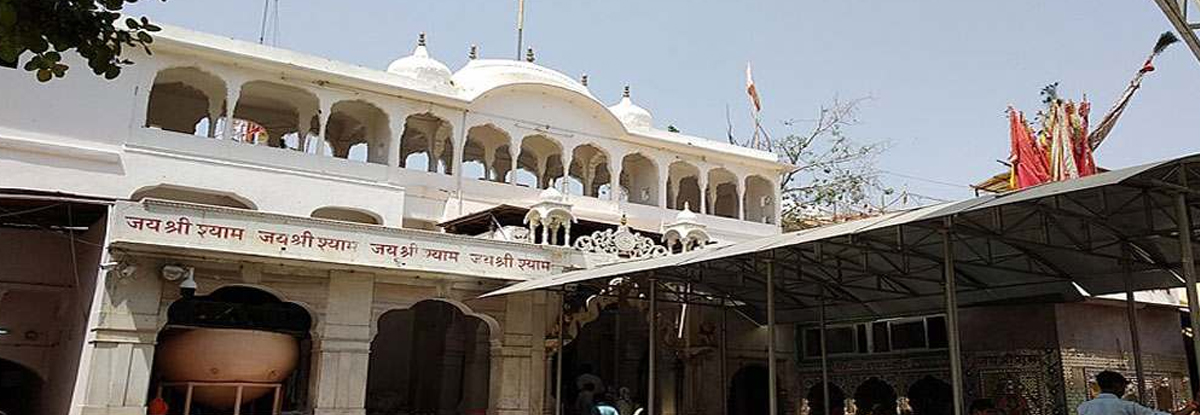Khatu Shyamji- Pilgrimage of faith!
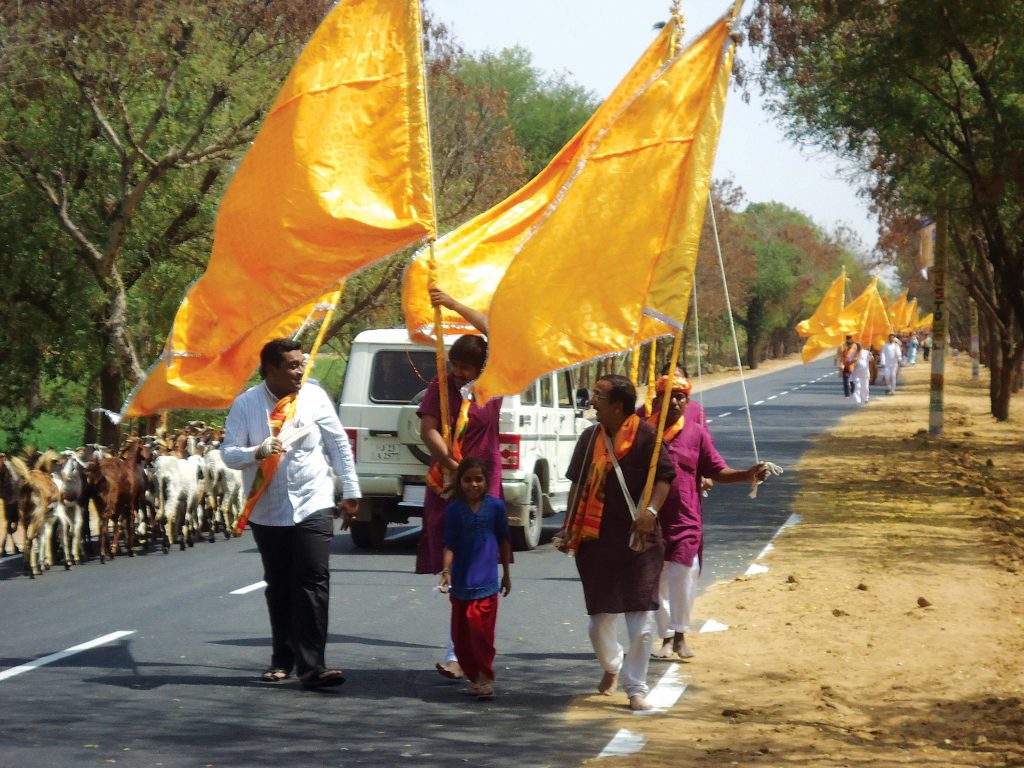
You have to visit Khatu Shyamji, a village of religious importance in Sikar District of Rajasthan, some 80 kilometres away from Jaipur, with unconditional faith in your heart. Pilgrims walk long distances even today, carrying saffron flags and singing praises to the deity. After all, it is home of Shyam Baba who is supposed to make every wish you confide in him come true.
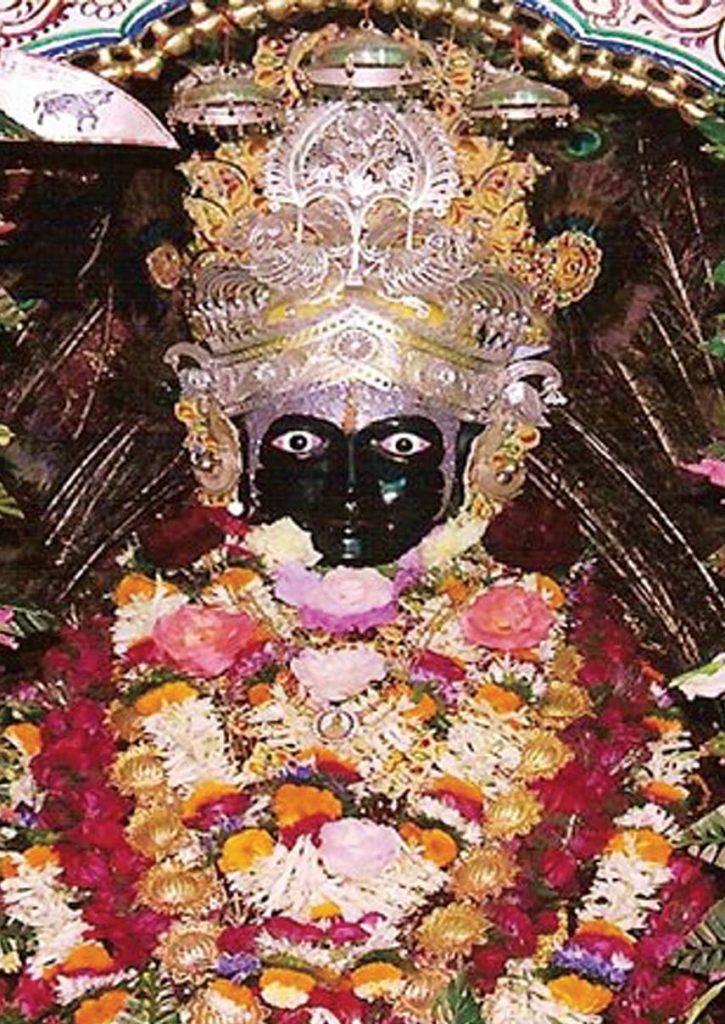
Khatu Shyamji is synonymous with Lord Krishna and thus he is worshipped in the same form. In Hinduism, KhatuShyam is a manifestation of Barbarika, son of Ghatotkacha. The legend begins with the Mahabharata. Barbarika alias Khatu Shyamji or Shyam Baba was a grandson of the brave prince, Bhima, second of the Pandava brothers. He was the son of Ghatotkacha, sired by Bhima through one of his wives, Jagadamba. Even in his childhood, Barbarika was a very courageous warrior. He learnt the art of warfare from his mother. Pleased with his skills, Lord Shiva gave him three infallible arrows. Later, Agni, the god of Fire, presented him the bow that would make him victorious in the three worlds.
When Barbarika came to know of the bitter battle between the Pandavas and the Kauravas, he wanted to participate in warfare. He promised his mother that he would join the side which would be losing. Touching Jagadambaʼs feet, he then rode on his Blue Horse equipped with his three arrows and bow.
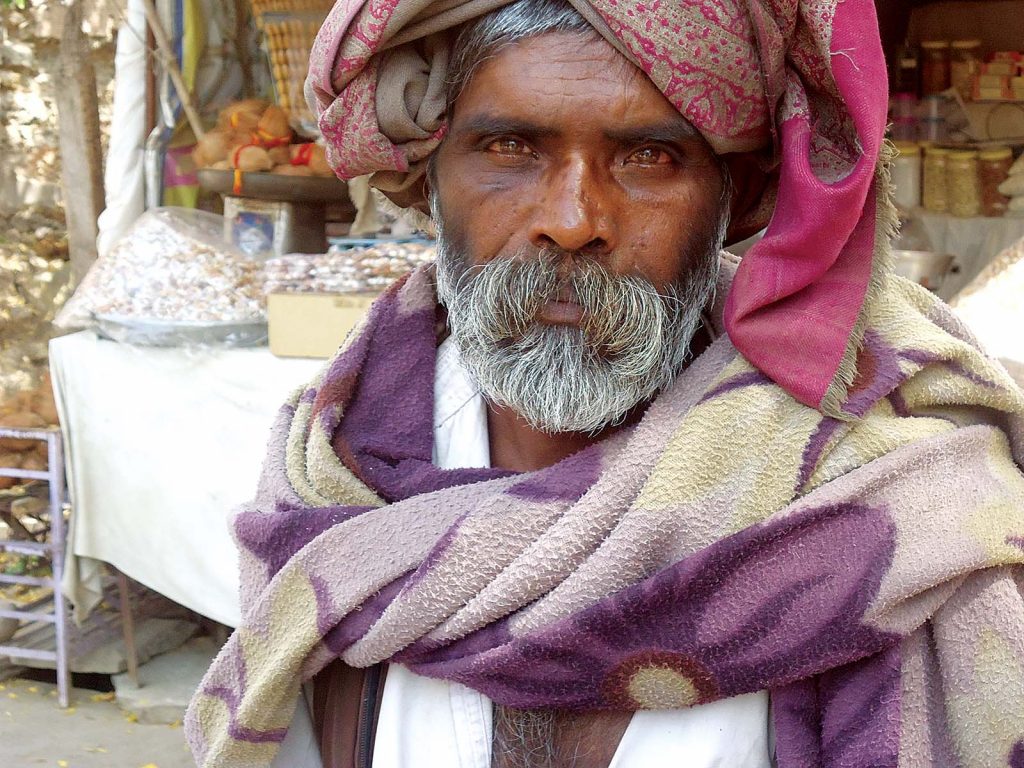
Lord Krishna, disguised as a Brahmin, stopped Barbarika to examine his strength. He even tried to mock him, saying that he was going to the great battle with only three arrows. Barbarika replied that a single arrow was enough to destroy all his opponents. He stated that the first arrow is used to mark all the things that he wanted to destroy. If he used the second arrow, it would mark all the things that he wanted to save. And on releasing the third arrow, it would destroy all the things that were marked. Lord Krishna challenged him to tie all the leaves of the peepal tree under which he was standing. Barbarika accepted the challenge and started meditating with closed eyes to release his arrow. Then Krishna, without Barbarikaʼs knowledge, plucked one of the leaves of the tree and put it under his foot.
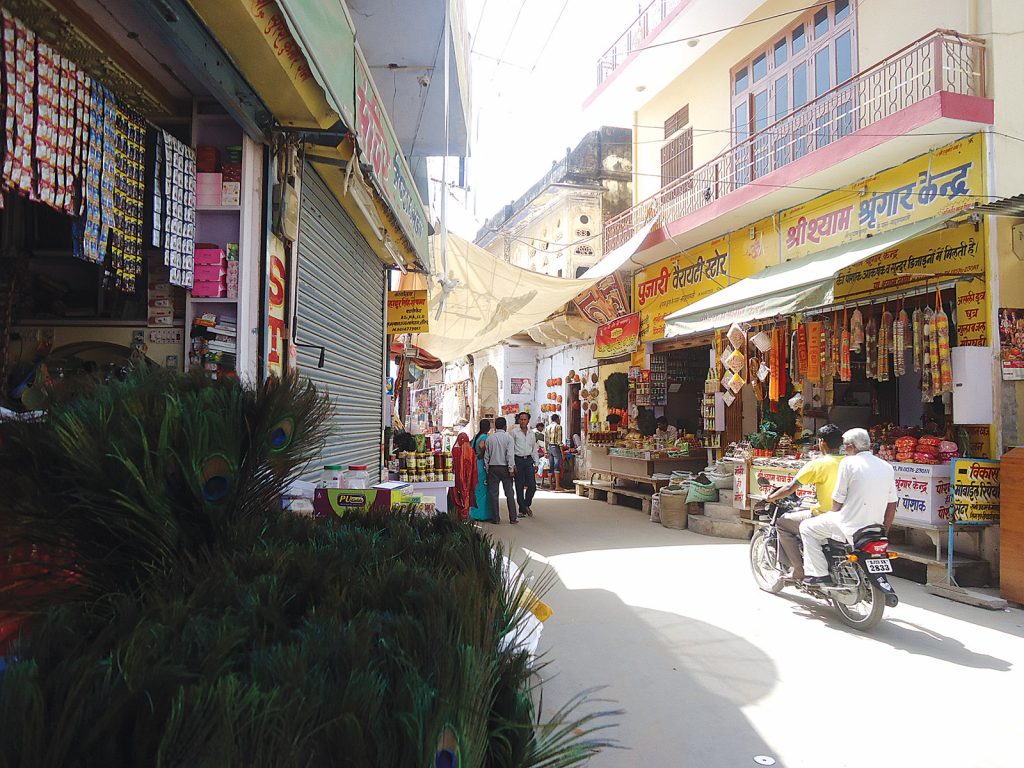
When Barbarika released his first arrow, it marked all the leaves of the tree and finally started to revolve around the leg of Krishna. Bewildered, Krishna asked Barbarika why was the arrow revolving around his foot. Barbarika explained that there must be a leaf under his foot and the arrow was targeting it. Barbarika advised Krishna to move away if he did not want to get hurt. Krishna promptly lifted his foot and to his surprise, found that the first arrow also marked the leaf that he had hidden. Of course, when the third arrow was finally released, it collected all the leaves, including the one that was concealed under Krishnaʼs foot, and tied them all together. Krishna concluded that the arrows were infallible and blessed. He asked the boy whom he would favour in the war. Barbarika revealed that he would fight for whichever side was weak. Lord Krishna knew then that the defeat of the Kauravas was inevitable. Krishna then sought charity from the youth and Barbarika promised him anything he wished.
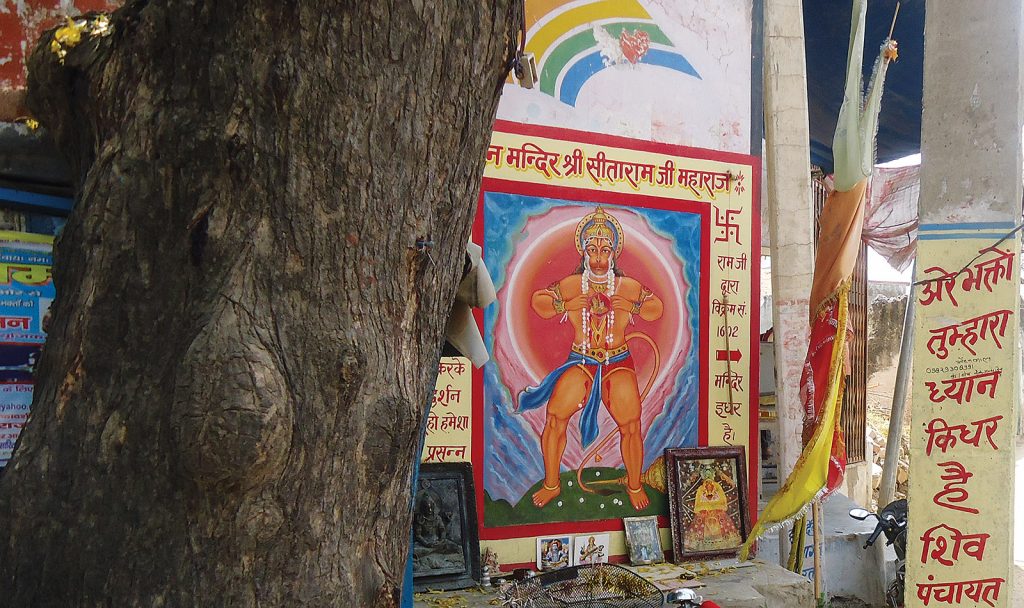
Lord Krishna promptly asked him to give his head. Barbarika was shocked. He requested the Brahmin to disclose his real identity. Lord Krishna then showed Barbarika a vision of his Divine form. He explained to Barbarika that before the battle the head of the bravest Kshatriya needed to be sacrificed. And he considered Barbarika to be the bravest amongst the Kshatriya warriors, and hence had asked for his head in charity.
In compliance with the Lordʼs command Barbarika sacrificed his head to Krishna. But he also obtained a boon from Krishna to the effect that he would be known by one of Krishnaʼs many names, Shyam, in the Kaliyug era. Krishna not only granted him the boon but also declared that Barbarikaʼs devotees would be blessed and all their wishes granted by simply pronouncing his name from the bottom of their hearts.
Barbarikaʼs sacrifice happened on the twelfth day of the Shukla Paksha in the month of Phalgun. The youth requested that though he was laying down his skull, he still wanted to see the battle till its end and his wish was granted. The head was placed atop a hill overlooking the battlefield. When the battle was over, the victorious Pandava brothers argued amongst themselves as to who was responsible for the victory. At this, Lord Krishna suggested that Barbarikaʼs head had watched the entire battle, and he should be allowed to judge. Barbarikaʼs head submitted that it was Lord Krishna who was responsible for the victory as his advice, presence and game plan had been crucial.
It is believed that some years after the Battle of Kurukshetra the head was retrieved from the holy pond that is located near the present Khatu Shyamji temple. A dip in this pond cures a person from all ailments and brings good health. Thus, during the fair held in the month of Phalgun, pilgrims throng the pond from various places and take a dip to wash away their worldly sins.

